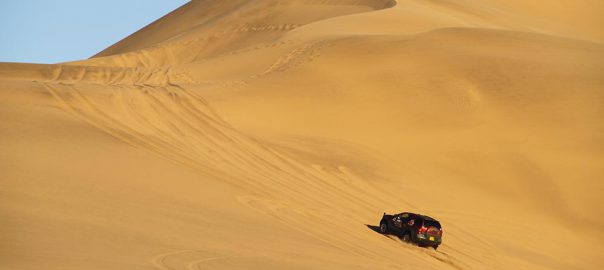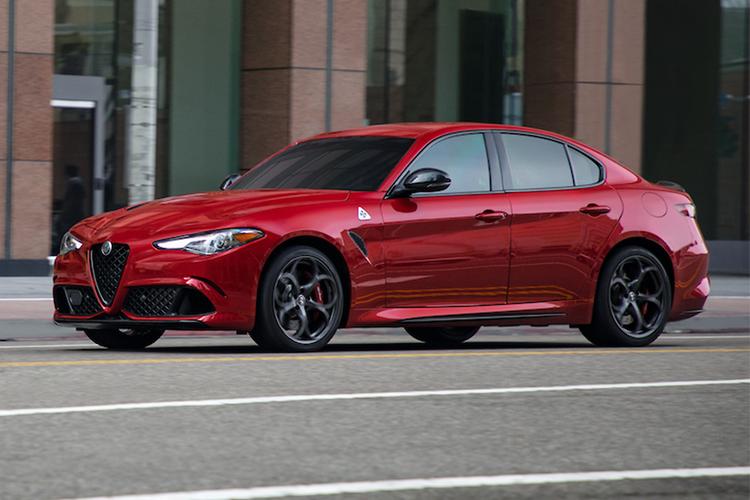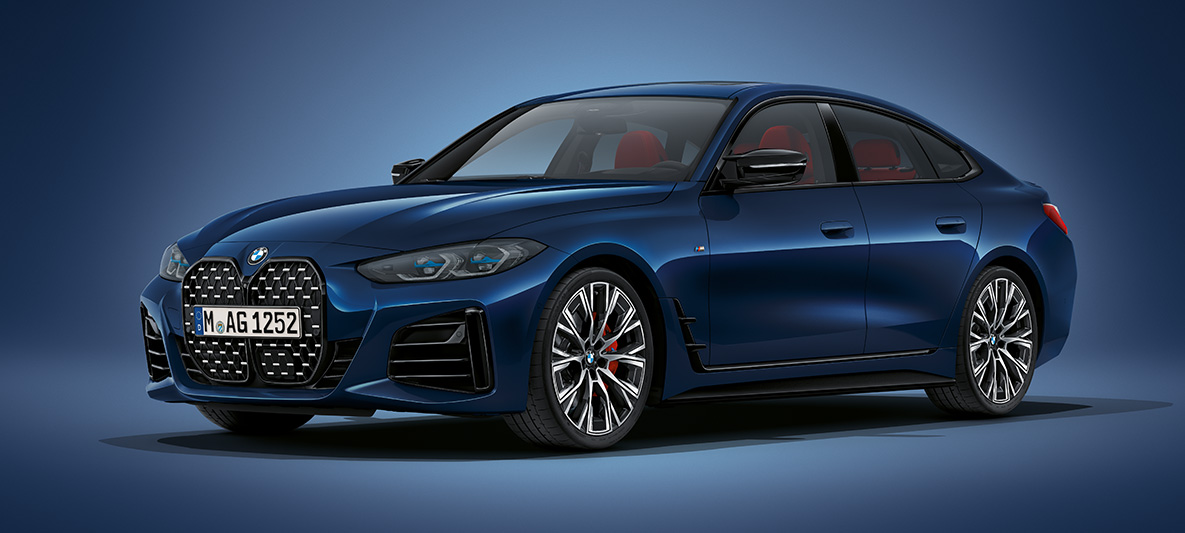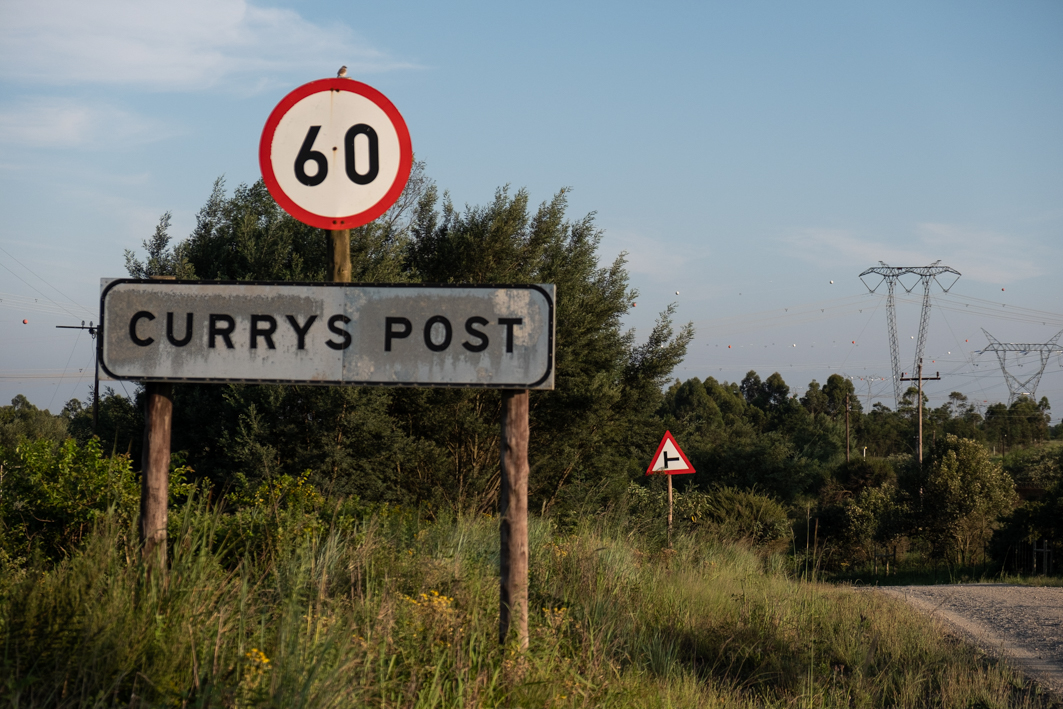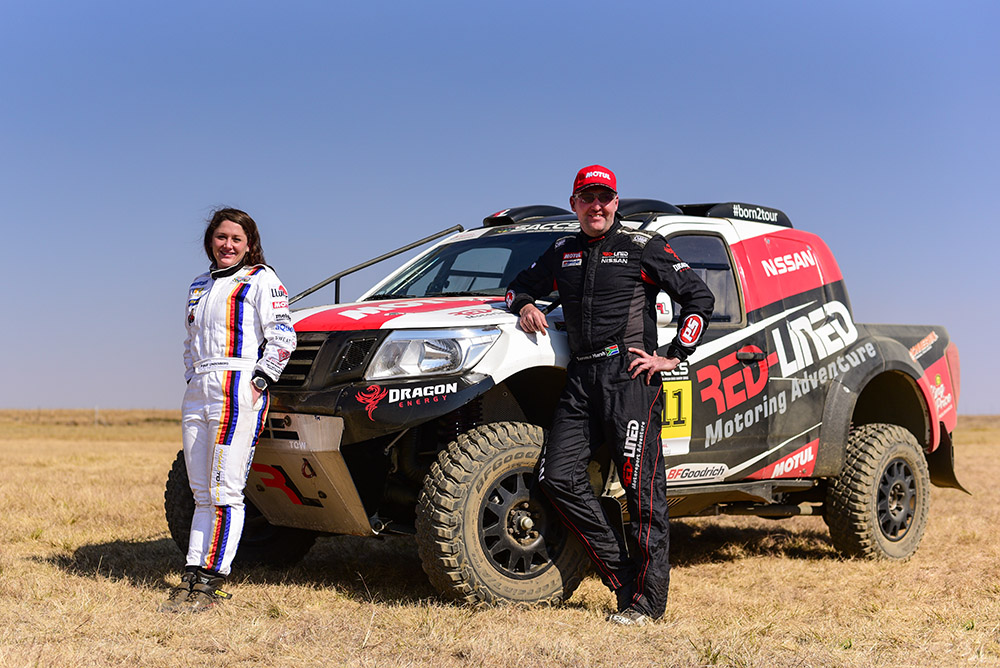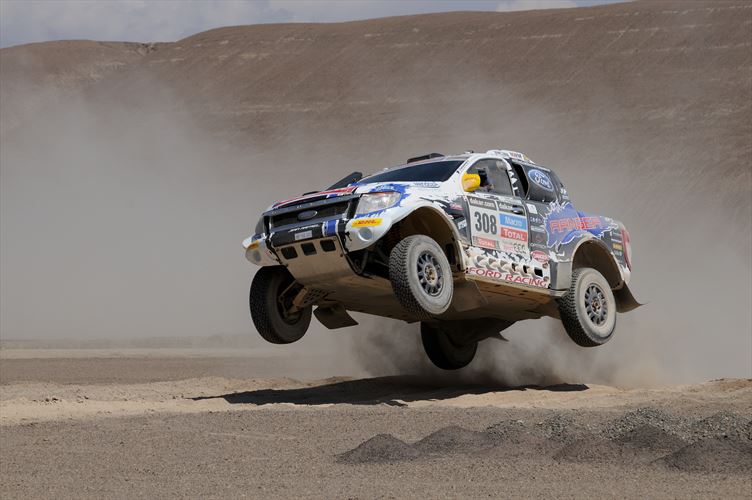Driving in sand can get real tricky. Tyre pressures, locking differentials, gearing, power… it all adds up. And then you get oom Frikkie, who just, well, forges ahead.
Dear Oom Frikkie. He so loves his Toyota Hilux double cab 3.0DE. He loves it so much he’s added 410 000km to the odometer after buying it brand-new. He’s driven it through rivers, over rocks and has covered thousands of kilometres on dirt roads. One day Oom Frikkie, Auntie Berryl and the naturally aspirated Hilux – which has absolutely everything an overlander needs except for power and torque – headed to Namibia. You see, Oom Frikkie had a plan to go and drive some big Namib Desert dunes. As in… really, really big dunes. And so the Hilux and Oom Frikkie lined up for that first dune. He revved the 85kW engine to smithereens, and let rip… and exactly 1.6m after starting, the Hilux stopped, embedded in the sand.
So, what was Oom Frikkie to do? What is right for sand, and what is not? 4×4 Mega World’s Kurt Brunner says Driving Namibia’s sand dunes is an amazing experience. However, with the older- generation engines it can be a bit frustrating. In this particular case, the heavily laden Hilux with a three-litre, low power diesel engine will most definitely battle up the dunes. That being said, I have witnessed competent drivers with the necessary skills and very importantly, the correct tyre pressures, make it up some big dunes in old, supposedly underpowered 4×4s. If it is your plan to drive any dunes, and you own a diesel 4×4 without a turbocharger, my advice is to go as light as possible. Unfortunately, naturally aspirated diesel engines just don’t have the legs to keep you going up the face of a dune while maintaining higher revs. Sand work is best done with a petrol engine, or a turbocharged common-rail diesel engine. They can maintain high revs with relative ease.
But coming back to tyre pressures. You can have a V12 supercharged motor under the bonnet, but if the vehicle’s tyres are too hard, you are going nowhere. A deflated tyre allows for a larger footprint, thus giving you more traction. Remember: traction is king, no matter what surface you’re driving on. A symptom of hard tyres on sand is a slight hopping sensation as the tyres lose traction. If you feel that, stop and deflate. The rule-of-thumb sand-driving pressure is 0.8 bar, but you can go even softer. Be careful when turning at speed though, especially when heading down a dune when there is more weight on the front wheels. It is easy to drive the tyre off the rim.
When coming to the crest of a dune, do not slow down too soon as you can easily beach your 4×4 on that crest. The ideal momentum comes with practice and experience. The question whether to use high range or low range is an interesting one. For example, third gear low range may give you the same effect as second gear high range (obviously depending on the vehicle). So, get to know your vehicle. Know at what speed you can drive in low range versus high range. You will then be in a position to negotiate a dune in the correct gear, allowing you to maintain high revs and so getting you up and over a dune. I cannot stress enough the importance of knowing your vehicle and its capabilities – it makes a world of difference. Till next time.
